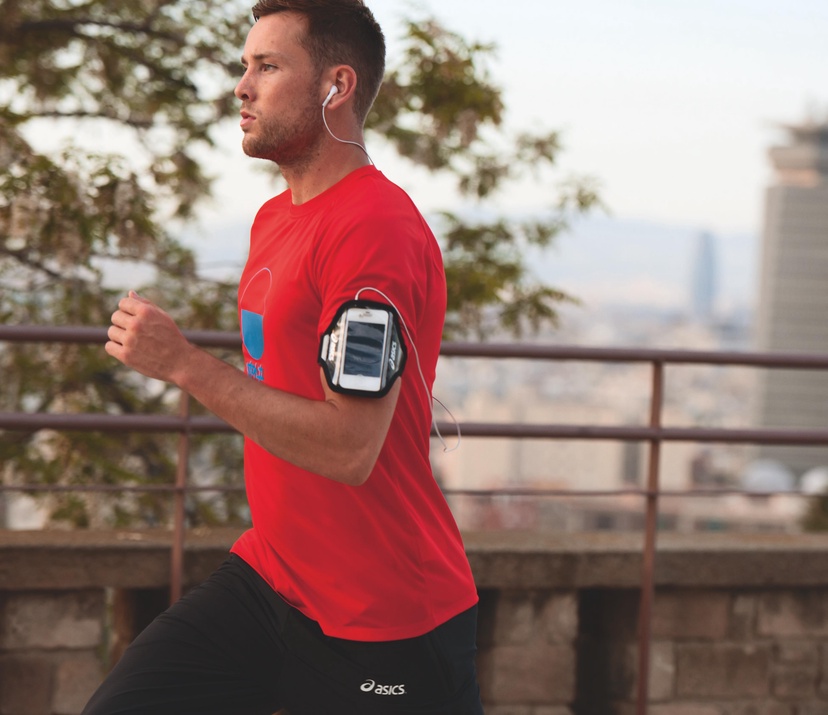Whether you’re training or racing, setting the right pace is a crucial part of your running. But how do you pace yourself effectively?
Pacing yourself is a chore for many runners. It makes you think when all you want to do is run freely. But once you can effectively maintain a pace, it can become second nature.
Here are 3 techniques that can help you manage your pace while running…
Listen to your body
You’ll know your body better than anyone – and there are ways your body will tell you if your pace is too fast or too slow.
- Breathing – listening to your breathing can tell you whether you’re pushing yourself too far. If you’ve built a running plan on MY ASICS, it can let you know at what point in your run you should be feeling out of breath. Build a running route today
- Muscular pain – if you’re going too hard, your legs will start to ache and you’ll have to drop your pace.
- Sudden fatigue – this is known by some as “hitting the wall”. Over long-distances, you’ll need to eat while running to keep your energy levels high.
Depending on the type of running you’re doing, your body will react differently. But pacing yourself means being able to maintain a certain pace for a certain distance – so the distance and speed can always vary.
Run with other people
Keeping a steady pace on your own is harder than when you’re in a group. When you’re running alone, your pace can go up and down without you realising. Running in a group keeps your pace more even because you can see how you’re running against other people.
- Find the right group – you need to be running with people of a similar ability. If they’re much slower, you won’t be pushing yourself. But if your group is too fast, you’ll struggle to finish with them.
- Push each other to improve – it’s easier in a group to go faster, with each person taking a turn at setting a good pace. In that way, you can help each other set faster times.
Track your speed with devices
Some runners don’t like to run with any electronic devices, but they remain the most accurate way to measure your pace.
- Basic watches – just seeing the times you’re recording can help you judge whether you’re going too fast or too slow.
- Sports watches – these are more advanced and let you track your time, heart rate and location.
- Smartphone apps – these can help you track your performance as you run. With GPS, it can also show you how you performed during certain sections of your run and whether your pace was consistent.
See what pace you should be running with the MY ASICS app. It lets you build a running plan based on your level of fitness – that way you can see what speed you should be running at. Learn more about the app



